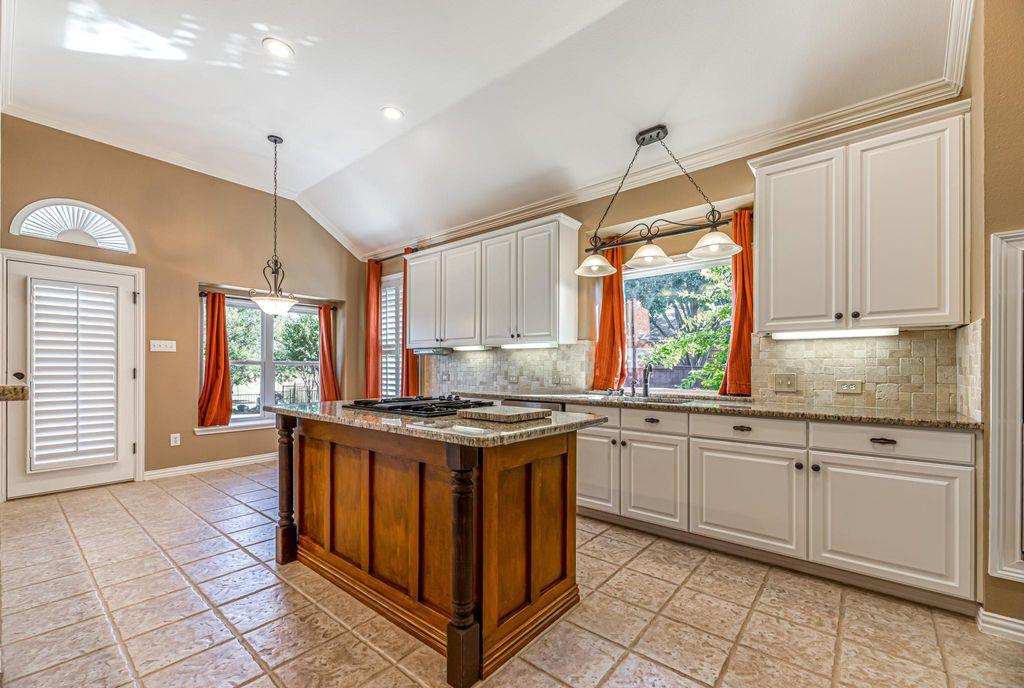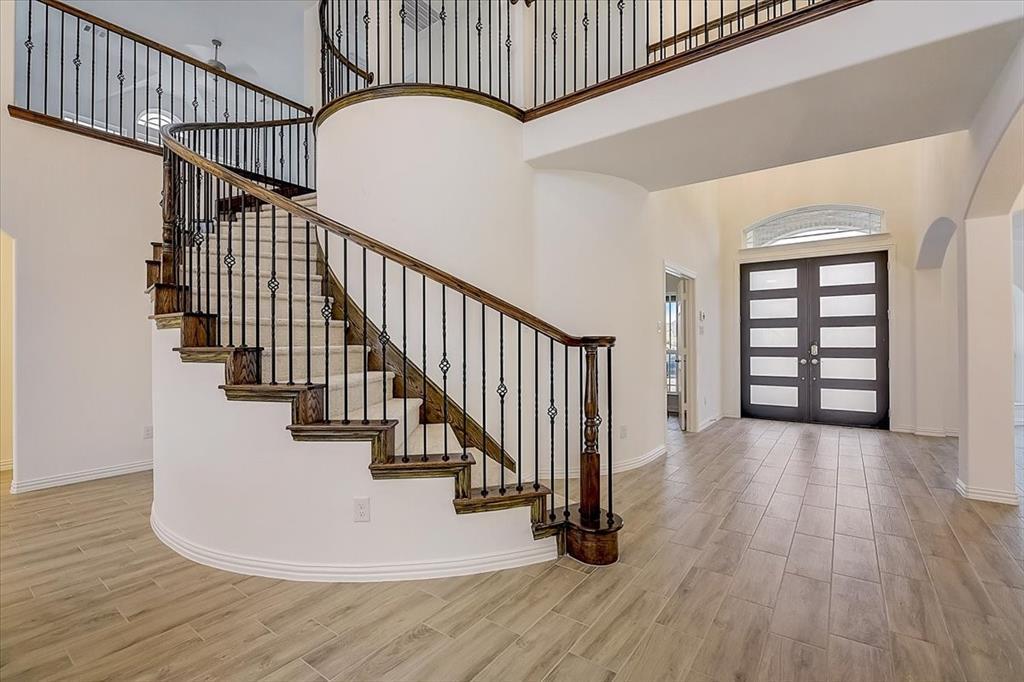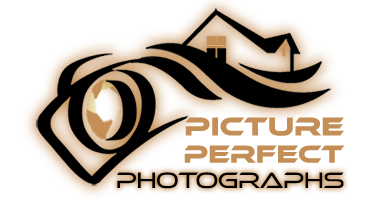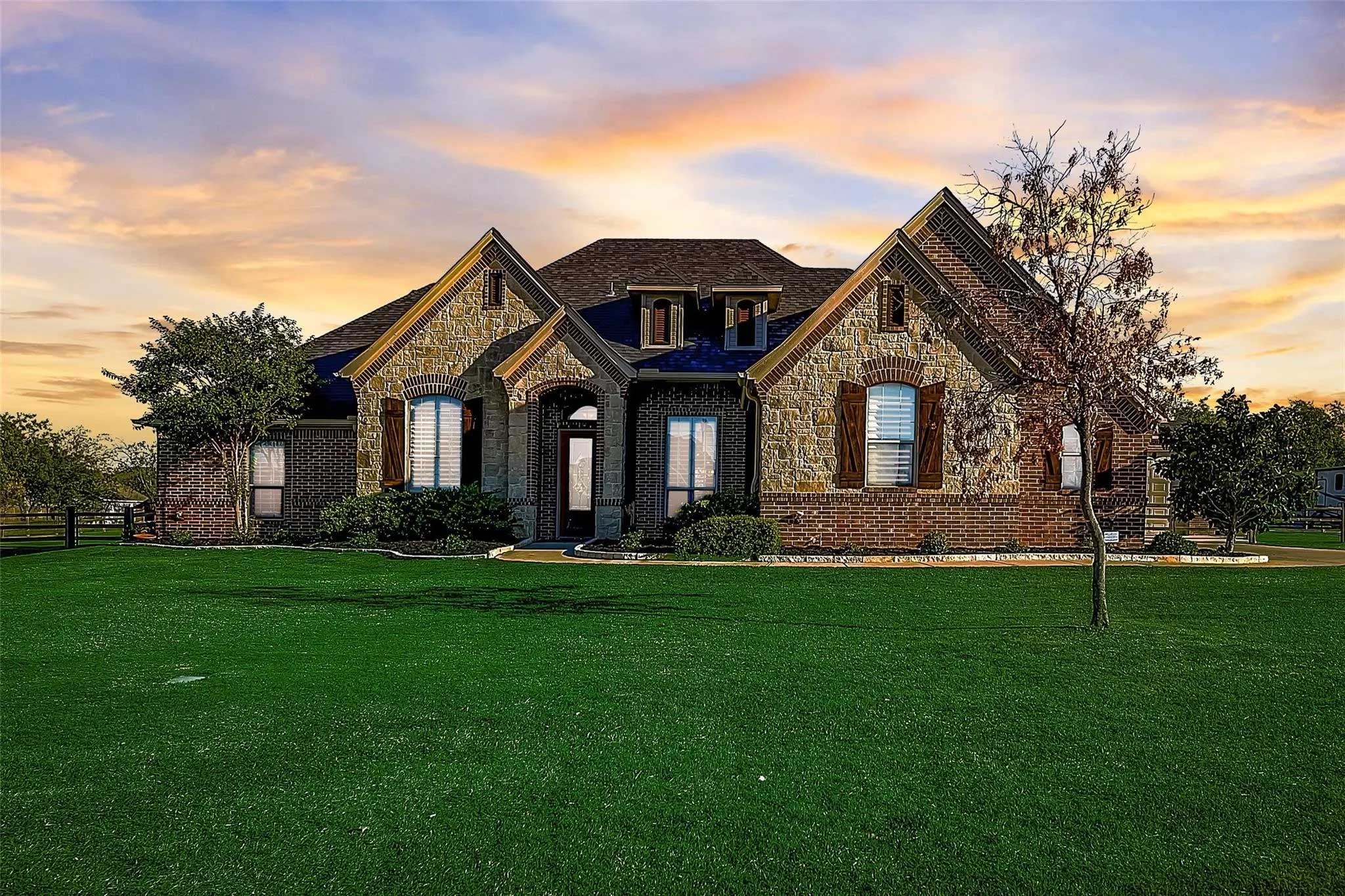Are you passionate about real estate photography?
Whether you’re a beginner or looking to refine your skills, mastering essential techniques can help you capture captivating property images that leave a lasting impression. In this comprehensive guide, we will delve into valuable real estate photography tips, covering lighting, composition, editing techniques, and even the best camera for the job. Let’s get started!
Real Estate Photography Lighting Tips:
Effective lighting is the cornerstone of exceptional real estate photography. Follow these tips to create beautifully lit images:
- Natural Light Advantage: Take advantage of natural light whenever possible. Open curtains and blinds to let in as much sunlight as you can, creating a warm and inviting atmosphere.
- Time of Day: Shoot during the golden hour, which occurs shortly after sunrise or before sunset. The soft, warm light during this time adds a magical touch to your images.
- Avoid Harsh Shadows: Minimize harsh shadows by using diffusers or reflectors to soften the light. This technique ensures a more balanced and appealing composition.

Real Estate Photography Composition Tips:
Composition plays a vital role in capturing engaging real estate photographs. Apply these composition tips to elevate your work:
- Rule of Thirds: Divide your frame into a grid of nine equal sections and place key elements along the lines or at their intersections. This technique creates a visually pleasing and balanced composition.
- Leading Lines: Utilize architectural lines, such as hallways or staircases, to lead the viewer’s eye into the frame. This technique adds depth and guides attention to important features of the property.
- Use Wide-Angle Lenses Wisely: Wide-angle lenses are popular in real estate photography, but be mindful of distortion. Avoid extreme angles that can distort room proportions and instead strive for a natural and accurate representation.
Real Estate Photography Editing Techniques:
Post-processing can transform your images and give them a professional touch. Consider these editing techniques:
- White Balance Adjustment: Ensure accurate color representation by adjusting the white balance. Correcting any color casts can significantly enhance the overall appeal of the image.
- HDR Imaging: High Dynamic Range (HDR) imaging involves blending multiple exposures to capture a wide range of light and shadow details. This technique results in well-balanced images, particularly when dealing with challenging lighting conditions.
- Virtual Staging: Virtual staging allows you to digitally furnish and decorate empty spaces, giving potential buyers a clear vision of the property’s potential. This technique is a powerful tool for showcasing a property’s possibilities.

Best Camera for Real Estate Photography:
While equipment doesn’t define a photographer’s skills, having the right camera can enhance your real estate photography. Consider these top camera options:
- Canon EOS 5D Mark IV: With its full-frame sensor, excellent low-light performance, and advanced autofocus system, the Canon EOS 5D Mark IV is a popular choice among real estate photographers.
- Nikon D850: This high-resolution DSLR camera offers exceptional image quality, wide dynamic range, and robust build quality, making it suitable for capturing intricate property details.
- Sony Alpha a7 III: The Sony Alpha a7 III combines a full-frame sensor, impressive dynamic range, and superior autofocus capabilities. Its mirrorless design offers portability without compromising image quality.

Real Estate Photography Tips for Beginners:
If you’re new to real estate photography, these tips will set you on the right path:
- Plan Your Shots: Before starting a shoot, plan your compositions, identify key features to highlight, and make a shot list. This preparation ensures a smooth and efficient session.
- Experiment with Angles: Try different shooting angles and perspectives to find the most flattering views of the property. Capture unique shots that showcase the property’s best features.
- Post-Processing Workflow: Develop a consistent post-processing workflow to streamline your editing process. Organize your files, apply presets, and establish a cohesive editing style that aligns with your brand.
We hope these real estate photography tips empower you to take captivating property images that impress clients and potential buyers. By mastering lighting, composition, editing techniques, and investing in the right camera, you’ll be well on your way to creating a standout real estate photography portfolio. Remember to practice, experiment, and develop your unique style.
Happy shooting from Picture Perfect Photographs!









